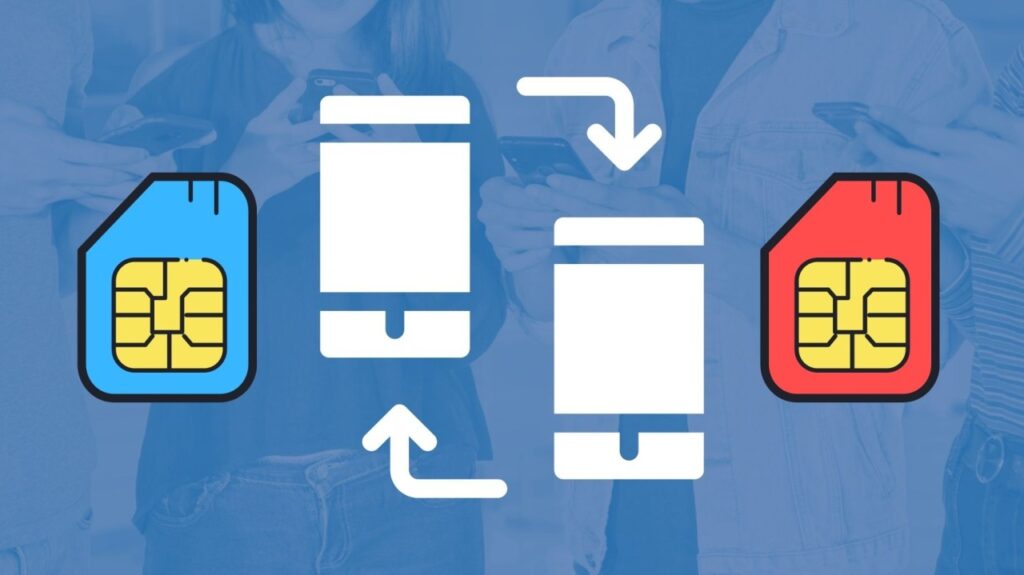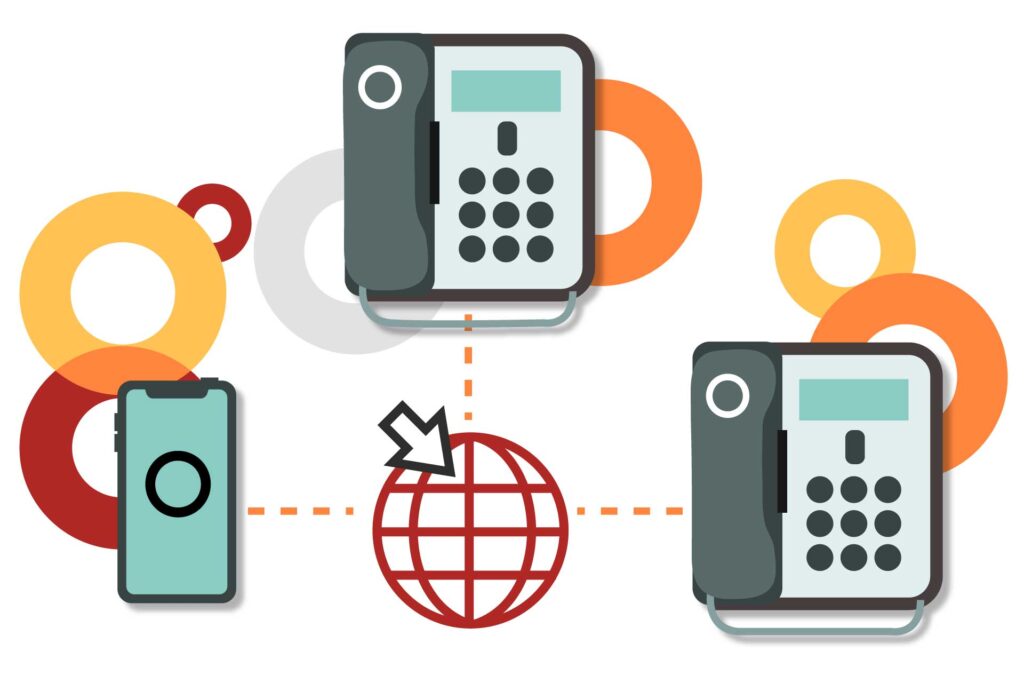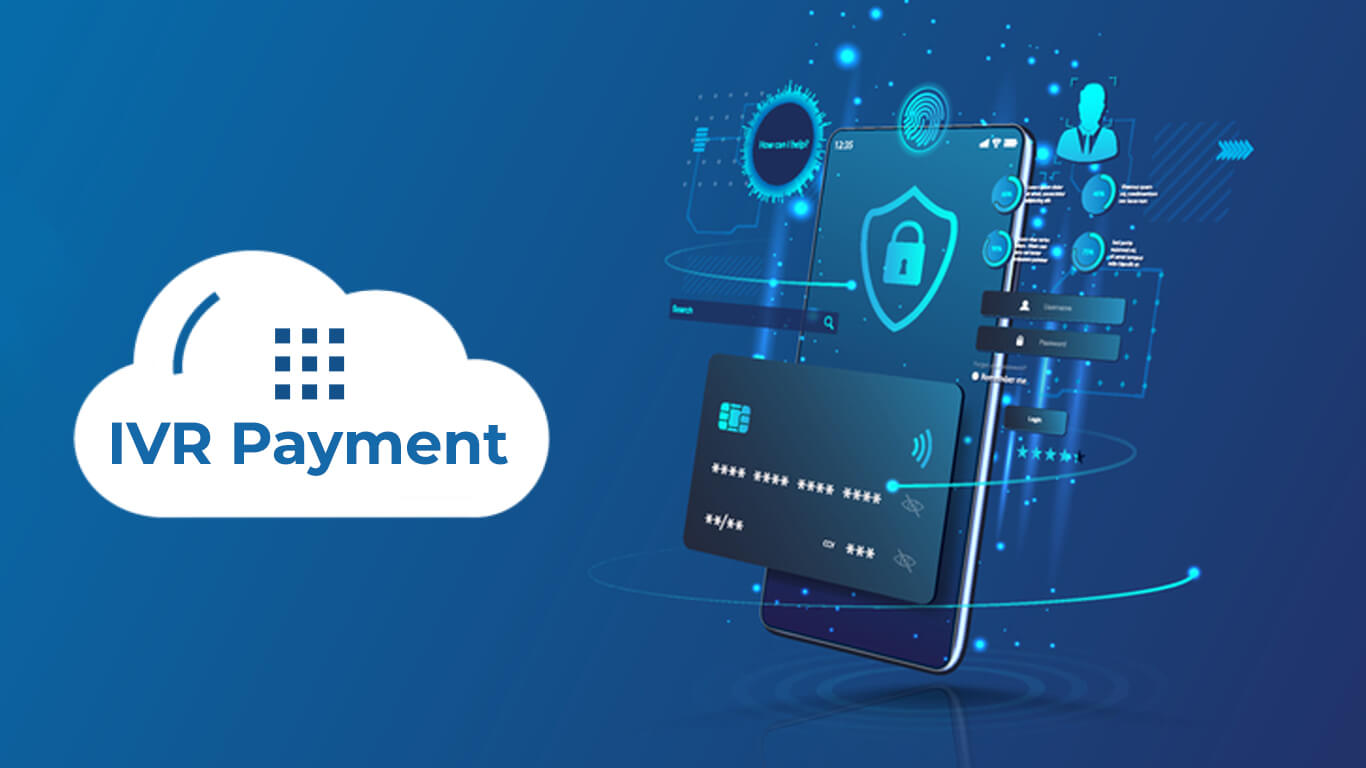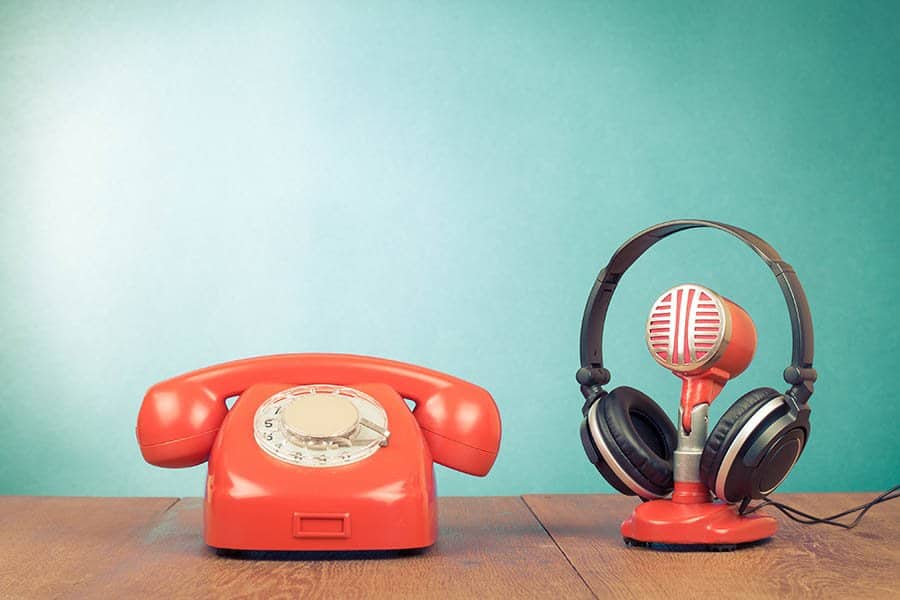Many offices have been using the same phone number for years. As a result, these phone numbers generally become an identity for their business. For this reason, many companies do not want to give up their old phone numbers when switching to VoIP. But you don’t have to worry. You can continue to use the same existing phone number when you switch to VoIP telephony. The situation that helps users keep their old phone numbers after a change of service provider is called portability.
What is Portability?

The Federal Communications Commission, an independent agency that also regulates television, wires, radio, cable, and satellite communications, requires all VoIP service providers to offer number portability following the center of your number. Today, most VoIP service providers now offer this usage to individuals free of charge.
How Much Does It Cost to Move Your Phone Number to A VoIP Phone Service Provider?
If you want to move a number from a traditional VoIP service provider to another VoIP service point, you need to pay attention to some points. While porting is always possible, some service providers may charge a fee for existing number porting. Some companies offer free transportation to all their customers.
Can I Use the Same Phone Number for a New Address?
It is not traditionally possible to carry numbers on phone numbers when moving to a new place because it will cause the area code to change. You can move your VoIP business to Chicago via New York. You can also continue to use your current phone number with the New York area code.
Is It Possible to Keep My Phone Number with VoIP?

If you’ve been using a phone number for years and many people also know you or your company through that number, you may not want to leave for a new number. Switching to a VoIP system means changing phone service providers and phone numbers. Is it possible to use an existing fixed PSTN phone number with a new VoIP service? Will your VoIP service provider allow you to keep your current phone number? The answer to these questions is yes. It is possible to bring your current number with you to a new VoIP service. But this has its limitations.
VoIP Number Transfer Restrictions
In some cases, this feature may not always be free. VoIP companies can offer number portability for a fee. The fee charged is a one-time payment. In addition, if you keep the number you have ported, there may be an amount to be paid monthly. So, if you care about number portability, you should talk to your provider first. Then you can consider the final fee and your cost plans.
Number porting may cause some restrictions other than the fee. It may also prevent you from using some features that come with a new service. This will be especially true for features depending on the numbers given as a new service in general free of charge. The way people can avoid these restrictions is to pay for a second line that carries the numbers you already ported. In this way, you will be able to have all the features of the new service while continuing to use your old line.
How Does Number Porting Work?
Number porting works by allowing users to change the backends of their old and new providers as well. During the new carrier sign-up process, users must select the login option from their existing device to continue using their existing number with their new account.
The new preferred carrier gets the users’ phone numbers from their old service. In general, a number porting can have a waiting period of several days. During this period, many providers offer temporary numbers to their users.
What are the Requirements for the Portability of VoIP Numbers?

The phone number porting process is extremely simple. However, there are still some details that you should pay attention to. You may first be asked to provide the same information that you used when you signed up to provide services to your old and new carriers. This includes:
- Primary account holder’s name
- Address
- Social security number
- Account number
- Password
- And other login information is included.
If this information is not available, it may take much longer for the port to be completed. Different factors also have different requirements for porting a VoIP number. However, many uses have similar processes in themselves. Here are some common number porting requirements:
- You must have a valid reason to port your number. An example of this is changing your provider.
- An active account in good standing with your existing provider. You can do this by logging in to the app or through the website, by calling customer service. If you are not an existing active account holder, they will not be able to allow you to log out of their system.
- Proof of ownership and the primary name on your current carrier’s account are required.
- It may be possible to pay an applicable carriage charge or termination fee.
- The number must be used in the same geographic region.
Additionally, some providers may not port VoIP or toll-free numbers to numbers from different geographic regions. Please also consider this.
About Number Porting Restrictions and Complications
While number porting may seem mandatory under the FCC and in many cases simple processing, it can also introduce additional restrictions and complications.
Restrictions on the Number of Ports
Some providers have restrictions on ports on a monthly and annual basis, while others only allow the use of a certain number of ports from any direction. For example, some providers also allow unlimited outbound ports if you connect to other numbers on their network. However, a contract with other carriers creates a limit on the number of incoming ports due to agreements.
Contract Restrictions
Some providers may also require a certain amount of time remaining in your contract before issuing port permissions. Others may charge you extra for the service. They may not even provide it at all. For this reason, before requesting number porting, you should first check with your provider before choosing one.
Long Number Restrictions
Some providers may have restrictions on the length of the ported phone number as well. As an example, some providers may only accept numbers that are 10 digits, while others may accept numbers that are 11 digits and 13 digits.
Number Porting Complications
Most number porting complications are a problem caused by data mismatch. A data mismatch arises if the information provided in the request with the new carrier differs from the files contained in the customer service records of the current carrier. Information such as the authorized user, service address, area code, and postal code must exactly match the information contained in the current provider’s CSR. Other number porting complications may include:
- Unauthorized account
- Incorrect PIN
- Incorrect or incompletely entered account number
- Inactive number
- Non-portable number
- Resold account
How Do You Avoid Transport Complications?

By taking some simple steps before requesting number porting, you can avoid many complications during porting. First, make sure your old phone number is still active and not being used by anyone else. You can verify this process using reverse phone lookup services such as White Pages and Spokeo. If there is no match for your phone number after all these operations, you can request a number porting to one of the available operators without any problems.
If there is more than one match of your old number when searching backward, it is better not to request a porting. The next step is to collect the necessary documents and information accurately and completely about your existing account. If you do not have this information, you can contact the customer service department of your current provider to obtain it. In general, the information required to post a phone number is:
- Your current account number
- The phone number you want to port
- Your password or PIN
- Your address and contact information are listed for your current number
- Primary account holder’s name
- A copy of your most recent phone bill
- Your online sign-in information for telephony services
How long does the number porting process take?
The processing time for a number port request may vary depending on the type of service and the provider you are transferring to. Some VoIP and mobile provider companies may give you between 5 and 10 days for number porting. During this time, customers are offered two options. With the call-forwarded Temporary Number Portability arrangement, they can maintain access to existing phone numbers. They can also use a temporary VoIP number from their new provider.



